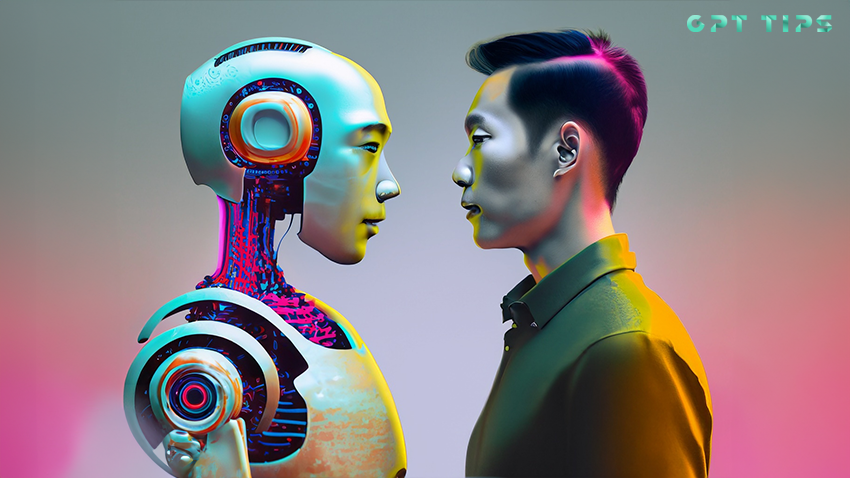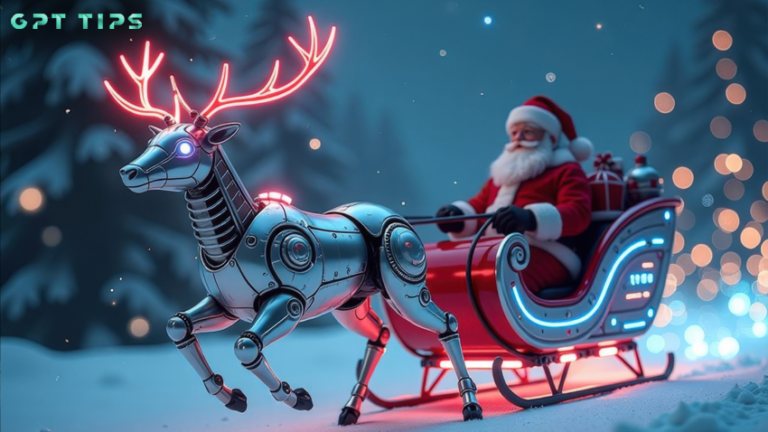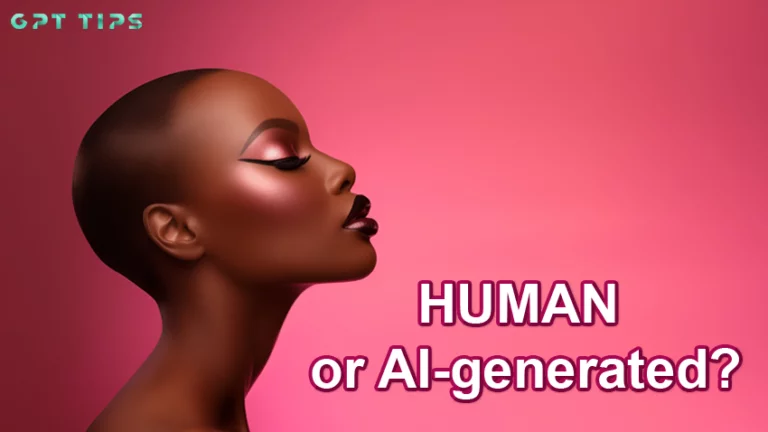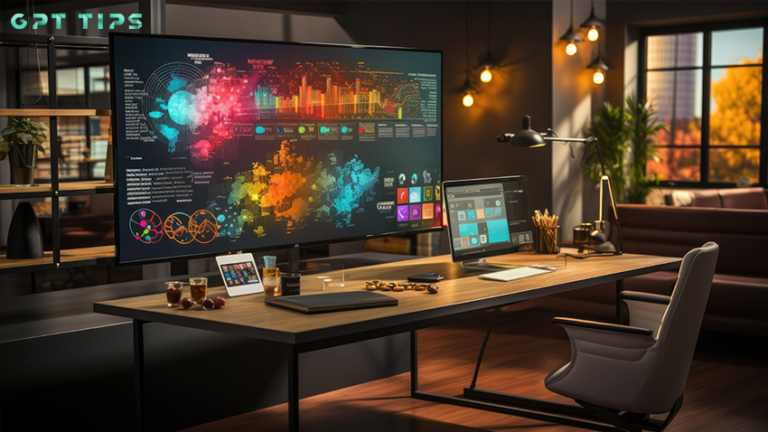The realm of art has traditionally been associated with human creativity, imagination, and emotion. However, with the rapid advancements in artificial intelligence (AI), a new player has emerged in the artistic landscape. AI-generated art is gaining traction, raising questions about the role of technology and its impact on human artists. In this article, we delve into the fascinating world of AI vs. Human Artists: Exploring the Collaboration and Competition in the Artistic Realm.
You might also want to read about AI vs. Human Models here
The Rise of AI-Generated Art
AI-generated art refers to artworks created with the assistance or complete autonomy of artificial intelligence systems. These systems utilize algorithms, machine learning, and deep neural networks to analyze vast amounts of data, learn patterns, and generate original pieces of art. This technological breakthrough has opened doors to new artistic possibilities, challenging traditional notions of creativity and authorship.
Collaboration: The Harmonious Fusion of Human and AI Creativity
Rather than viewing AI as a threat, many artists embrace it as a tool for collaboration. Human artists can leverage AI to augment their creative process, enhance their artistic vision, and push the boundaries of their craft. AI can assist in generating ideas, providing inspiration, or aiding in complex tasks such as image manipulation or composition. This collaborative approach allows artists to explore uncharted territories, merging the unique qualities of human intuition and emotion with the computational power of AI.

Competition: The AI Challenge to Human Creativity
AI-generated art has made significant strides in replicating artistic styles, generating lifelike paintings, and composing music that can rival human creations. Some argue that AI’s ability to produce flawless reproductions and imitate renowned artists raises concerns about the originality and authenticity of art. However, the debate remains: Can AI truly capture the depth and emotional nuances that human artists bring to their work? Human creativity, imagination, and the human experience are difficult to replicate, making the competition between AI and human artists a thought-provoking and ongoing discussion.
The Future of Art: Embracing a Hybrid Approach
As technology continues to evolve, the future of art lies in embracing a hybrid approach that combines the strengths of AI and human artists. Instead of perceiving AI as a replacement, artists can integrate it into their creative process to expand possibilities and amplify their artistic expressions. The collaboration between human artists and AI can lead to groundbreaking artistic discoveries, innovative mediums, and entirely new art forms that were previously unimaginable.
The Impact on Artistic Industries and Society
The rise of AI-generated art has implications for various artistic industries, including fine art, design, advertising, and entertainment. It offers new avenues for commercialization, licensing, and digital art experiences. However, it also raises questions about copyright, ownership, and the value of human artistic labor. Society, as a whole, must navigate the complexities of AI-generated art, considering the balance between technological progress and the preservation of human creativity.

Conclusion
The collision between AI and human artists has sparked a vibrant discussion within the artistic realm. While AI-generated art presents new opportunities for collaboration and pushes the boundaries of creativity, the profound human touch and emotional depth brought by human artists remain irreplaceable.
Subscribe for the latest news & updates.





Leave a Comment